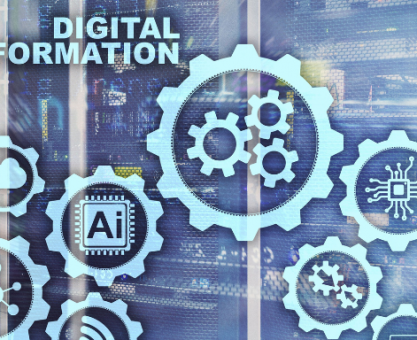Executive Summary
-
Circular economy models are transforming traditional supply chains by emphasizing sustainability and resource efficiency.
-
Companies adopting circular practices can significantly reduce waste, drive cost savings, and enhance brand reputation.
-
Implementing circular models presents challenges such as initial cost and supply chain restructuring.
-
Real-world case studies demonstrate the successful integration of circular economy principles.
-
Expert insights provide actionable steps for businesses considering a shift towards circular supply chains.
Introduction
In today’s rapidly evolving market, sustainability has become a pivotal focus for businesses globally. Traditional linear supply chains—characterized by a “take-make-dispose” model—are increasingly being replaced by circular economy models. These models offer a sustainable alternative by promoting reuse, recycling, and resource efficiency. This shift not only addresses environmental concerns but also provides competitive advantages. In this article, we’ll explore the transformative impact of circular economy models on supply chains, discuss their benefits and challenges, and provide actionable insights for businesses aiming to make this transition.
Definitions / Context
A circular economy is an economic system that aims to eliminate waste and the continual use of resources. Unlike the traditional linear economy, a circular economy employs principles like product lifecycle extension, resource recovery, and regenerative design. These principles are increasingly being integrated into supply chains to foster sustainability and resilience.
Benefits / Pros
-
Waste Reduction: Circular models emphasize recycling and reusing materials, significantly reducing waste.
-
Cost Savings: By optimizing resource use and minimizing waste, companies can achieve substantial cost reductions.
-
Brand Enhancement: Sustainable practices bolster brand reputation and customer loyalty.
-
Regulatory Compliance: Aligning with circular models helps meet stringent environmental regulations.
-
Innovation and Growth: Encourages innovation in product design and business models, driving growth.
Risks / Cons / Challenges
-
Initial Costs: Transitioning to a circular model can involve significant upfront investment.
-
Supply Chain Restructuring: Requires a comprehensive overhaul of existing supply chain processes.
-
Complexity in Implementation: Integrating circular practices demands collaboration across all supply chain stakeholders.
-
Market Readiness: Customer and market acceptance can vary, impacting the pace of transition.
How to Transition to a Circular Supply Chain
-
Assessment: Evaluate current supply chain processes to identify areas for circular integration.
-
Design: Develop new product designs that prioritize recyclability and resource efficiency.
-
Collaboration: Engage with stakeholders, including suppliers and customers, to facilitate the transition.
-
Implementation: Gradually integrate circular practices into the supply chain, starting with pilot projects.
-
Monitoring and Feedback: Continuously assess the impact and refine strategies based on feedback and performance metrics.
Consider a leading electronics manufacturer that adopted a circular economy model by launching a product refurbishment program. By collecting and refurbishing end-of-life products, the company not only reduced waste but also tapped into a new revenue stream. This initiative improved the company’s sustainability profile and garnered positive customer feedback, showcasing the tangible benefits of circular supply chains.
Expert Tips / Strategic Insights
-
Epiidosis recommends starting with a pilot project to test the feasibility and impact of circular practices.
-
Focus on building a culture of sustainability within the organization to support the transition.
-
Leverage technology such as IoT and blockchain to enhance traceability and efficiency in circular supply chains.
-
Stay informed about regulatory changes and industry trends to remain competitive.
Tools / Resources / Calculators
-
Circular Economy Toolkit: CircularEconomyToolkit.org
-
Supply Chain Sustainability Calculator: SustainabilityCalculator.org
-
Industry Reports: Ellen MacArthur Foundation
Conclusion
Circular economy models are revolutionizing supply chains by fostering sustainability, reducing costs, and enhancing brand reputation. While the transition presents challenges, the long-term benefits far outweigh the initial hurdles. Businesses that effectively integrate circular practices can achieve a strategic advantage in an increasingly sustainability-focused market. Speak to our advisors for a tailored strategy to transition your supply chain to a circular model.






















